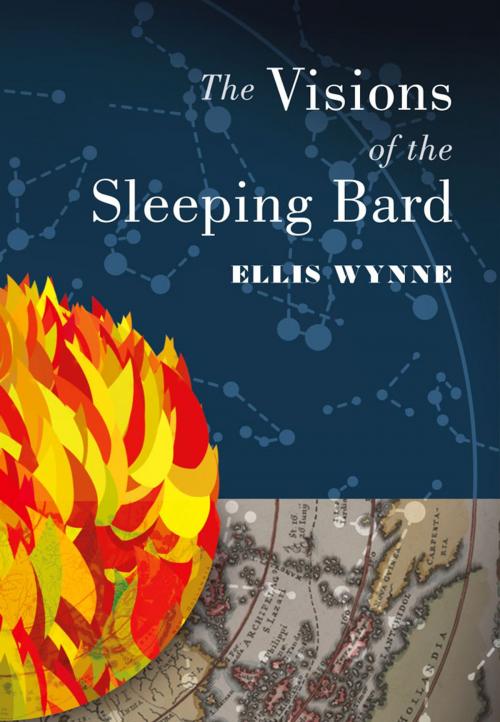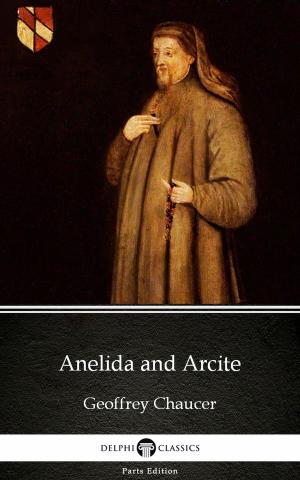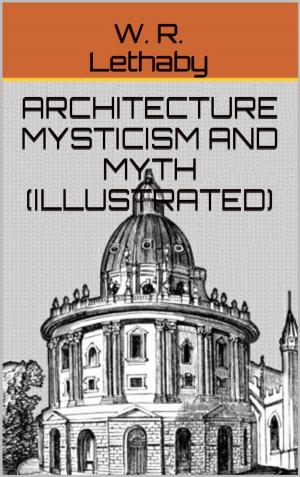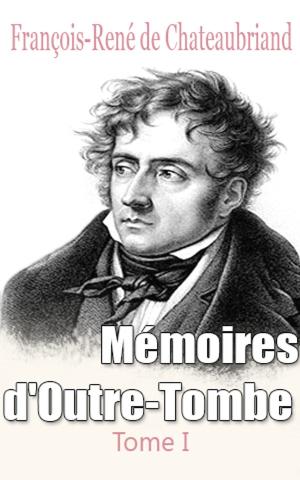| Author: | Ellis Wynne, Gwyneddon Davies, George Borrow | ISBN: | 9781909696105 |
| Publisher: | Cromen | Publication: | December 4, 2013 |
| Imprint: | Language: | English |
| Author: | Ellis Wynne, Gwyneddon Davies, George Borrow |
| ISBN: | 9781909696105 |
| Publisher: | Cromen |
| Publication: | December 4, 2013 |
| Imprint: | |
| Language: | English |
Ellis Wynne, 1671-1734, was a rector, poet, translator and royalist, but he’s primarily known as the author of Gweledigaethau y Bardd Cwsg which was first published in London in 1703.
The Sleeping Bard is led through three visions following the path of sinners on their way to hell. Filled with imagination, originality and satire, Wynne’s visions are written in the natural and idiomatic language of Meirionnydd at the turn of the 18th century.
This volume contains three books, as well as Gweledigaethau y Bardd Cwsg edited by D. Silvan Evans there are two English translations, The Visions of the Sleeping Bard by Gwyneddon Davies and The Sleeping Bard by George Borrow.
In his introduction Gwyneddon Davies is mindful that Ellis Wynne has used crude and earthy words and descriptions –
‘Many passages which might be considered coarse and indecorous according to modern canons of taste, have been omitted from this translation’.
George Borrow’s translation was the first English version published, D. Silvan Evans admits that it is quite a good translation even though Borrow has completely misunderstood the author on occasion. Gwyneddon Davies also sees mistakes in Borrow’s work especially in his use of idioms and verbal expressions but he does concede that the style is ‘charming and racy’.
In Gweledigaethau y Bardd Cwsg, although influenced by the Spaniard Francisco Gomez de Quevedo’s Los Sueños, Ellis Wynne created a thoroughly Welsh masterpiece which is readable and comprehensible three centuries after it was written.
Ellis Wynne, 1671-1734, was a rector, poet, translator and royalist, but he’s primarily known as the author of Gweledigaethau y Bardd Cwsg which was first published in London in 1703.
The Sleeping Bard is led through three visions following the path of sinners on their way to hell. Filled with imagination, originality and satire, Wynne’s visions are written in the natural and idiomatic language of Meirionnydd at the turn of the 18th century.
This volume contains three books, as well as Gweledigaethau y Bardd Cwsg edited by D. Silvan Evans there are two English translations, The Visions of the Sleeping Bard by Gwyneddon Davies and The Sleeping Bard by George Borrow.
In his introduction Gwyneddon Davies is mindful that Ellis Wynne has used crude and earthy words and descriptions –
‘Many passages which might be considered coarse and indecorous according to modern canons of taste, have been omitted from this translation’.
George Borrow’s translation was the first English version published, D. Silvan Evans admits that it is quite a good translation even though Borrow has completely misunderstood the author on occasion. Gwyneddon Davies also sees mistakes in Borrow’s work especially in his use of idioms and verbal expressions but he does concede that the style is ‘charming and racy’.
In Gweledigaethau y Bardd Cwsg, although influenced by the Spaniard Francisco Gomez de Quevedo’s Los Sueños, Ellis Wynne created a thoroughly Welsh masterpiece which is readable and comprehensible three centuries after it was written.







![Cover of the book Hard Times : [Illustrations and Free Audio Book Link] by Ellis Wynne, Gwyneddon Davies, George Borrow](https://www.kuoky.com/images/2013/august/300x300/9789878880310-26JW_300x.jpg)







